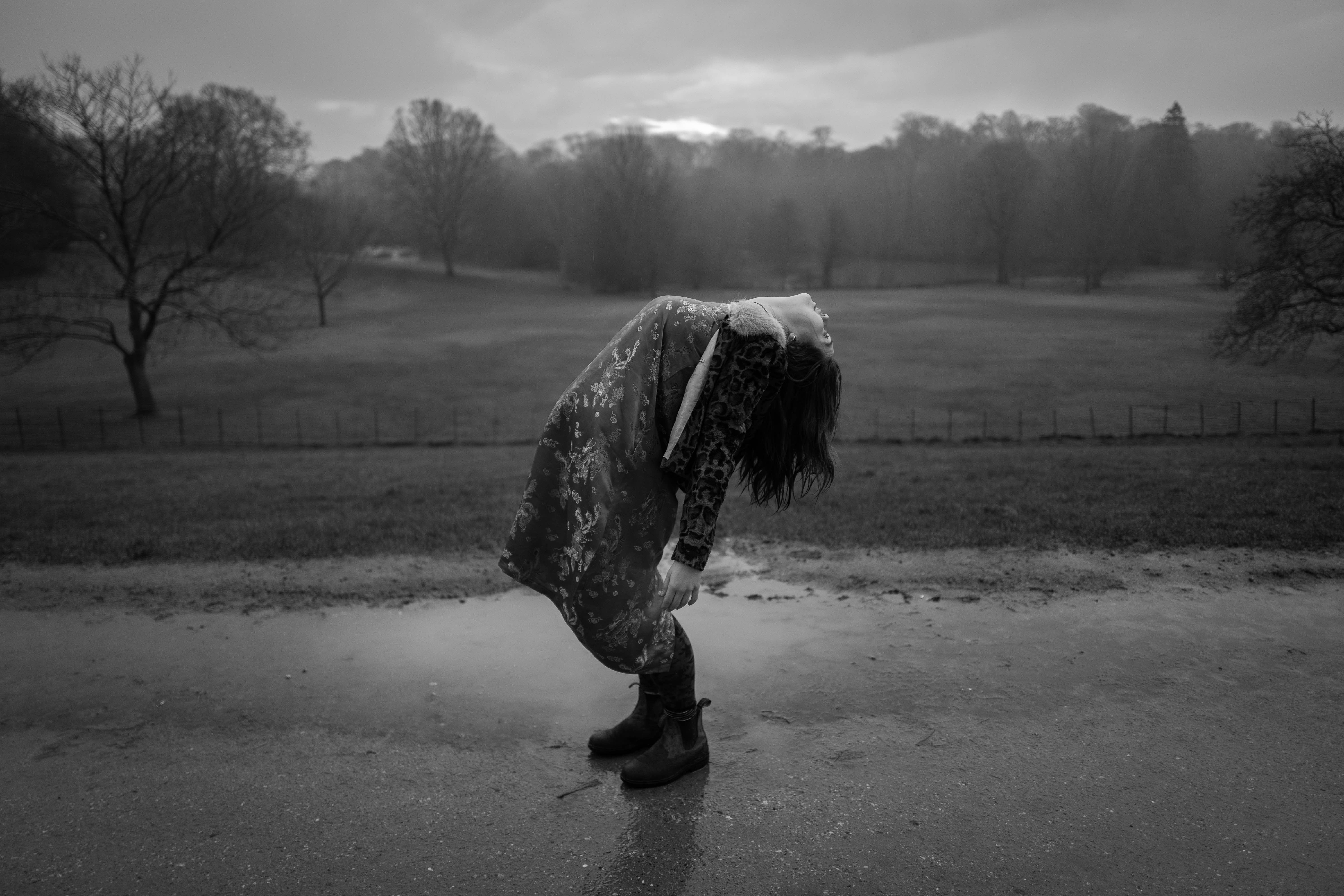
The debonair Joseph Lynn can regularly be found sipping on an Earl Grey at Maison Bertaux in London’s Soho, a legendary spot that has been his home-from-home since moving to London from Manchester in his early 20s. Run by RADA alumni Tania Wade, the traditional patisserie provided the perfect base from which Lynn could carve out his career as a director and photographer in the realm of theatre, television and film, with its revolving door of actors, musicians, theatre producers and raconteurs. And it’s been quite the journey so far. As a filmmaker, Lynn has already two shorts commissioned by Channel 4’s Random Acts platform, one of which starred his long-time friend, collaborator and sometime mentor Noel Fielding, and he has developed a distinct visual style has witnessed him be hired professionally by prestigious establishments such as The Royal Court, Manchester International Festival, LAMDA, and the Southbank Sinfonia. It’s fitting then that the traditional Soho haunt should also now be home to his debut solo photography exhibition Finding Colour – a series of candid portraits of actors shot during the discombobulating early days of the pandemic, when it seemed to many as though colour itself had been drained from reality. Here, the rising director tells Culture Collective how social distancing transformed his approach to portraiture, and why he is now singularly devoted to capturing the energy of experience in the eye of his lens.
How did this series of portraits come together?
It's a collection of images that were shot mainly during the pandemic, and while it was never conceived as a curated series of images for a show, I did feel that as I’ve been doing this for the last three years that it now feels like a set. It was also a distinct change in style for me, and that came from the pandemic. During that first wave, I just felt so strongly that I really had to try and do something, and as soon as you could slightly go outside, I saw an opportunity. I began ringing friends who were directors and actors and suggesting that we meet outside and take some photos at a physical distance, and that distancing immediately demanded a new approach, because the limitation meant that I could not get too close to them. I then also added the other limitation on myself of not being able to shoot in colour, and only shooting in black and white – I mean, right down to never even seeing a colour image through the lens. So, even though the camera can obviously take colour shots, I became married to this concept of going very purely to black and white, which added another new dimension of contrast and lines.
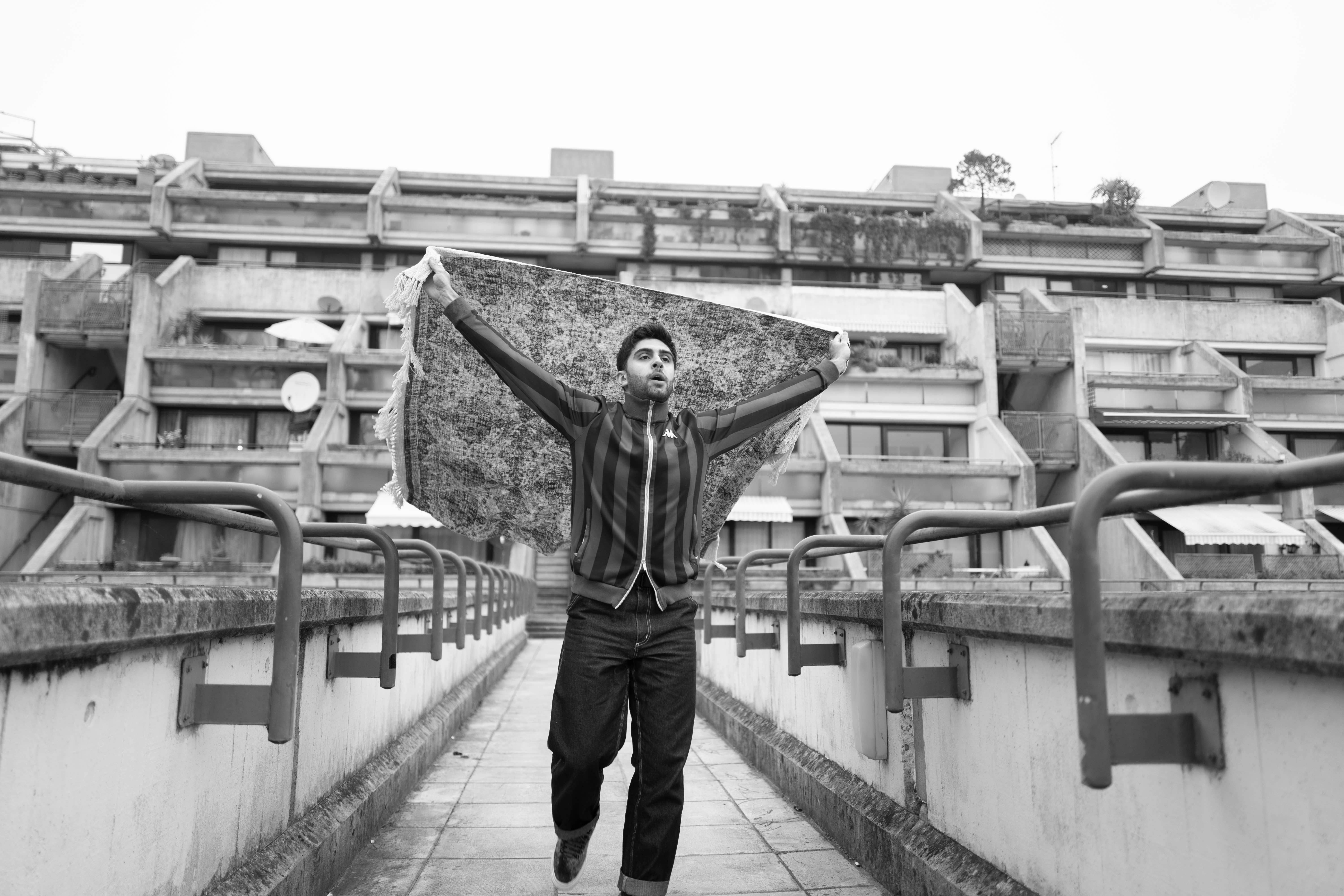
It became quite a large project, with some great people …
I think that’s because I was really enjoying it. Given the nature of that period of time during the pandemic, it was just really freeing to do something. And, to be honest, it was like a mini snowball effect of me doing a couple of shots with someone, and then they would say, oh, my friend wants to do one of these. So these actors would start to kind of pass me around by word of mouth. And I think it was great for them to do because, obviously, a lot of the industry had shut down. Once it had some momentum I started reaching out to actors that I had always wanted to work with, or do something with, and ninety per cent of the time they were like, yeah, great, let's do it. And aesthetically it was a big departure from my usual approach to photography, because before this project I was absolutely obsessed with trying to control the lights and the technical side of things, and trying to make photos a certain way. I almost never cared what people looked like, I cared more about the technical quality of the photograph, but that absolutely changed in this project. It's made me far less worried about trying to get the perfect shot, and much more about exploring people, exploring emotion.
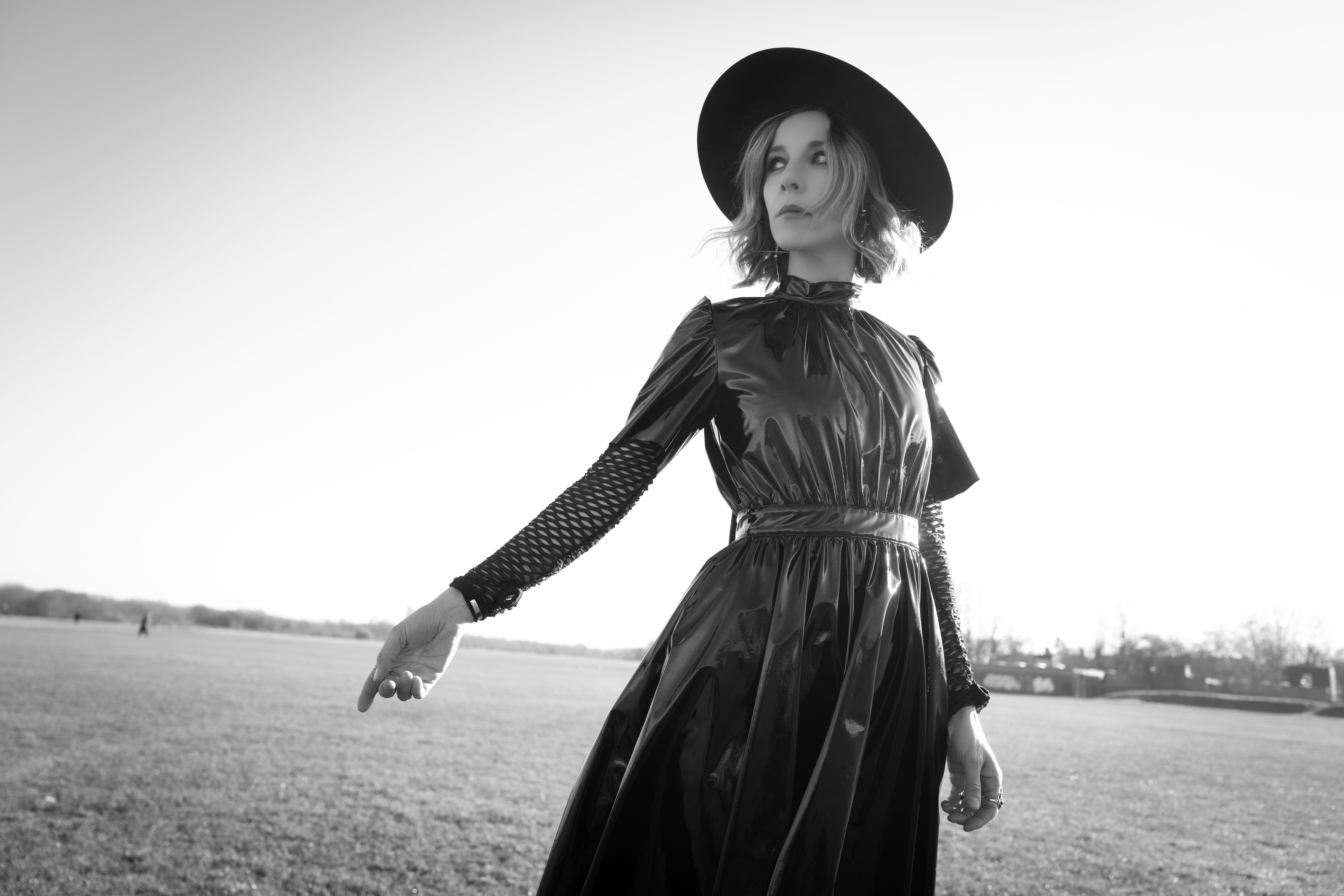
They do feel like very personal portraits - how did the shift to the emotional aspect work?
Well, in my professional life, I work a lot as a unit stills photographer, which, for those who don’t know, is when you go onto a set and are paid to provide the images for the promotion of the film or TV show that is being produced. And you have to physically weave between the camera crew and try and get to the scene, without annoying people – it’s actually quite hard because you are always in someone’s way. This series of photos is totally different, with a completely different emotional energy, where I would sit down and chat for an hour or so with the subject before shooting, so I could get a feeling for them, or know something about them. And I would also ask them to bring an object or totem that meant a lot to them, because the object and the story behind it would be kind of an emotional icebreaker, and sometimes the object would actually make it into the shot. Additionally, I would try to get them to find a space that they love or frequent to shoot in.
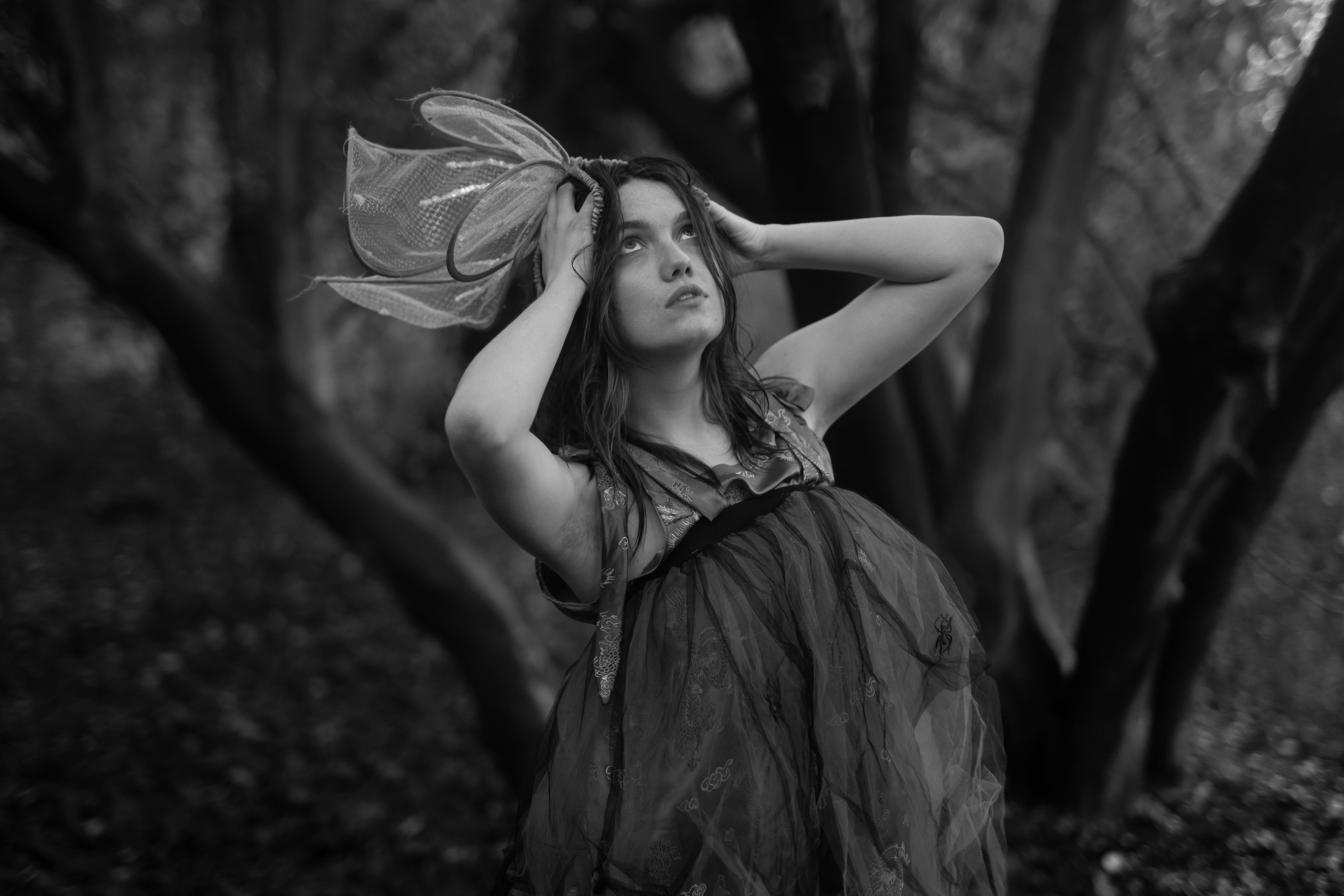
Were you trying to get the subjects into an emotional state?
I wasn’t deliberately going for an emotional state, but a lot of the time, because I was meeting these people in lockdown without any context, it was quite a heightened state of being anyway. I mean, the aspect of trying to meet someone for the first time during the weird dynamic of social distancing was quite strange. And the big thing about that process was coming to the space of caring less about sharpness or composition of what was being shot and much more about the emotion of the person in the photograph – so, a lot of the time the photos that look to the eye more technically satisfying are not necessarily the ones that I have gravitated towards in terms of what I've selected. It’s always the one where there's some sort of emotion or some kind of motion that I’ve chosen to exhibit. In fact, a big part of this series was about movement, and having people dancing or spinning on the spot, or whatever, and even though that meant some images were blurry there was a really nice energy to them. I was trying to kind of get past the limitations of lockdown, completely let go of the form and just let these people play very freely. And that was great because it really changed the relationship of subject and photographer. It was sort of an even playing field, where we could both kind of get into it on the same level, and get a similar amount of pleasure from the process.
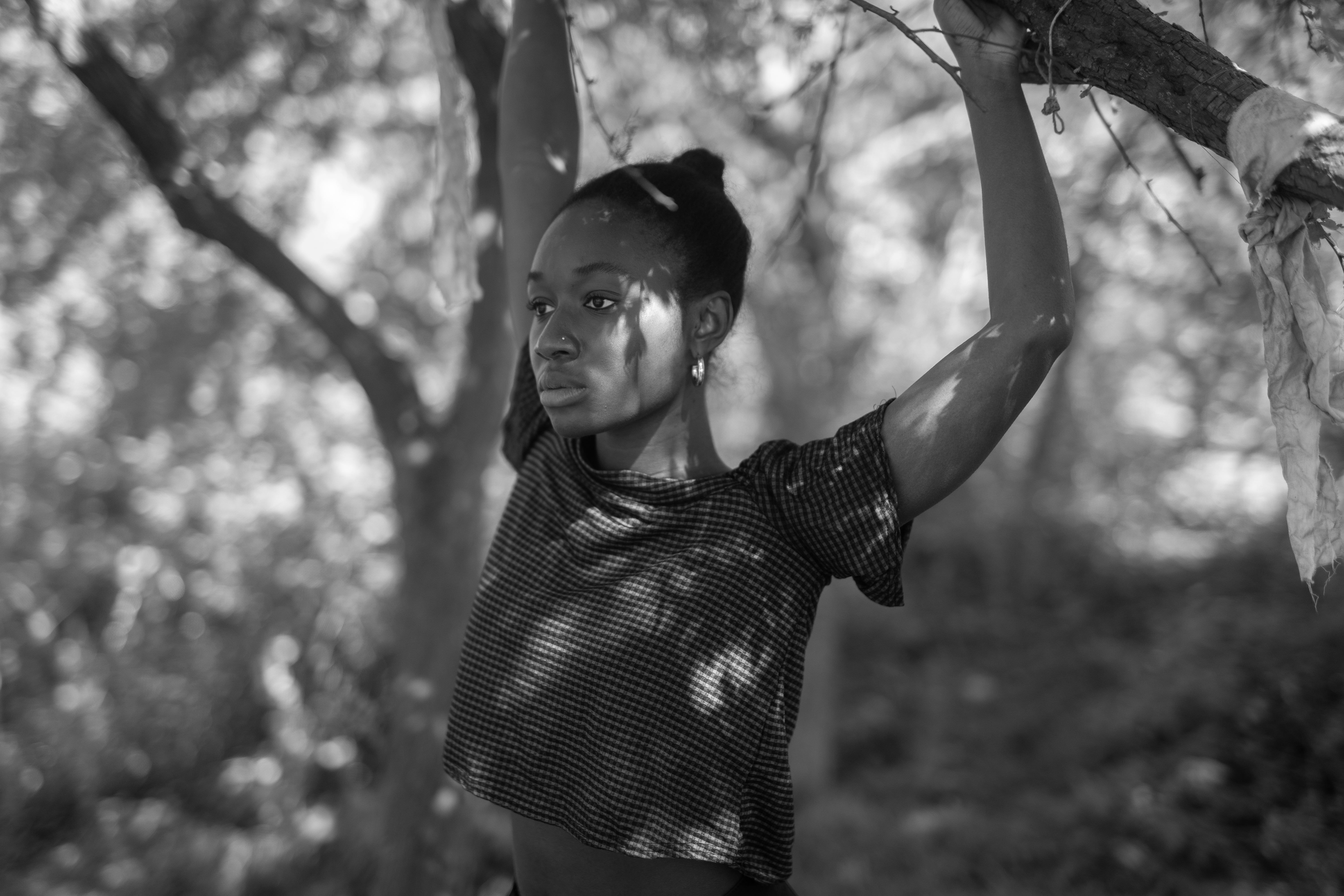
Did this notion of reaching for joy or colour reflect a sense that colour had kind of drained out of the world in that period?
Definitely.It wouldn't be a stretch for my English literature degree to say that there's a timelessness to black and white, and there was absolutely some escapism in trying to pretend that we were not, in a sense, in the quite dour time of the pandemic. Because of the black and white, you are just not so tied to a specific place or time, and the limitation of not shooting in colour was also very much about the idea of embracing the limitations of the situation we were in. I think that there was a conscious choice to just make it purely about the person, the experience of meeting and capturing the energy – having a good time despite the period we were all living through.
Finding Colour opens at Maison Bertaux, London on December 8th
Portraits (top to bottom): Nell Barlow; Arian Nik; Sophia Di Martino; Nell Barlow; Heather Agyepong. All images courtesy of Joseph Lynn